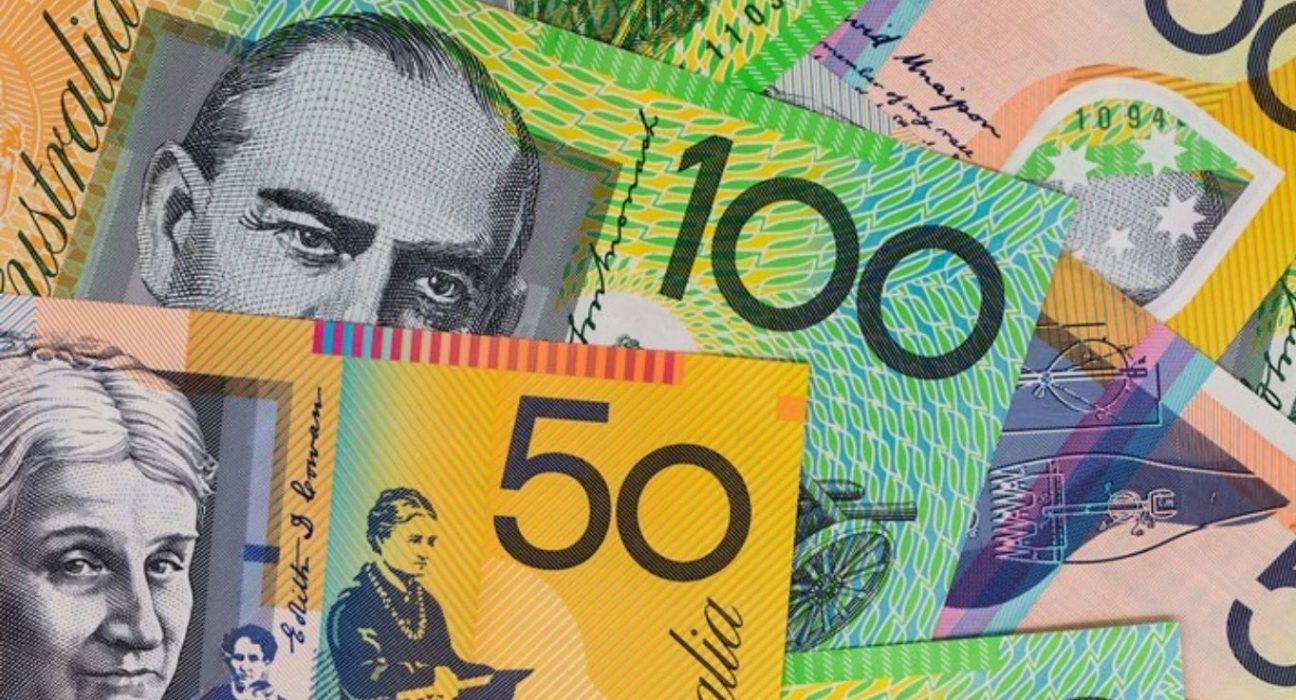The Australian dollar (AUD) is one of the most traded currencies in the world, and its value is influenced by many factors, including interest rates. In this article, we will explore how the AUD responds to interest rate hikes by the Reserve Bank of Australia (RBA), and what this means for investors and traders.
What are interest rate hikes and why do they matter?
Interest rate hikes are when a central bank raises the cost of borrowing money, usually to control inflation and maintain economic stability. When interest rates go up, it becomes more expensive to borrow money, which can reduce spending and investment. This can slow down economic growth and lower inflation.
However, higher interest rates can also attract foreign investors who are looking for higher returns on their money. This can increase the demand for the local currency, which can boost its value. This can make exports more expensive and imports cheaper, which can affect the trade balance and economic competitiveness.
How does the RBA decide on interest rate hikes?
The RBA is the central bank of Australia, and its main objective is to maintain price stability and support economic growth. The RBA sets the cash rate, which is the interest rate that banks charge each other for overnight loans. The cash rate influences other interest rates in the economy, such as mortgage rates and deposit rates.
The RBA meets every month to review economic data and decide whether to change the cash rate or keep it unchanged. The RBA considers various indicators, such as inflation, unemployment, GDP growth, consumer confidence, business conditions, housing market activity, global developments and financial market conditions.
The RBA has an inflation target range of 2% to 3% over the medium term, which means that it aims to keep inflation within this range on average over time. If inflation is too high or too low, the RBA may adjust the cash rate accordingly.
How has the AUD reacted to recent interest rate hikes by the RBA?
The RBA has been on a tightening cycle since October 2022, when it raised the cash rate by 25 basis points (bps) to 2.10%. Since then, it has hiked the cash rate by another 25 bps every month until May 2023, bringing it to a nine-year high of 3.60%. The RBA has cited rising inflation pressures and strong economic recovery as the main reasons for its hawkish stance.
The AUD has appreciated against most major currencies since October 2022, as higher interest rates have made it more attractive for investors. According to Investing.com, the AUD/USD pair jumped 1% on May 2, 2023, when the RBA unexpectedly raised rates by 25 bps instead of 50 bps as some traders had expected. The AUD/USD pair reached a high of $0.6567 on May 12, 2023, after the Bank of England also hiked rates by 25 bps to 4.50%, boosting risk appetite in global markets.
However, the AUD has also faced some headwinds from external factors, such as a stronger US dollar, lower commodity prices, geopolitical tensions and global growth uncertainties. The RBA has also warned that further rate hikes may be needed to bring inflation back to target, but that economic growth may slow down due to higher borrowing costs and weaker consumer spending.
What are the implications of interest rate hikes for investors and traders?
Interest rate hikes can have both positive and negative effects on investors and traders who deal with the AUD or Australian assets. Here are some of the implications:
– Higher interest rates can increase the returns on Australian bonds and bank deposits, which can attract more capital inflows into Australia. This can support the value of the AUD and Australian stocks.
– Higher interest rates can also increase the cost of servicing debt for Australian households and businesses, which can reduce their disposable income and profitability. This can weigh on consumer spending and business investment, which are key drivers of economic growth.
– Higher interest rates can make Australian exports more expensive and less competitive in global markets, which can hurt export-oriented sectors such as mining, agriculture and tourism. This can also affect Australia’s trade balance and current account balance.
– Higher interest rates can make imports cheaper and more affordable for Australian consumers and businesses, which can lower inflationary pressures and improve living standards. However, this can also reduce domestic production and employment in some industries.
– Higher interest rates can increase volatility in financial markets, as investors adjust their expectations and portfolios based on changing monetary policy signals.










